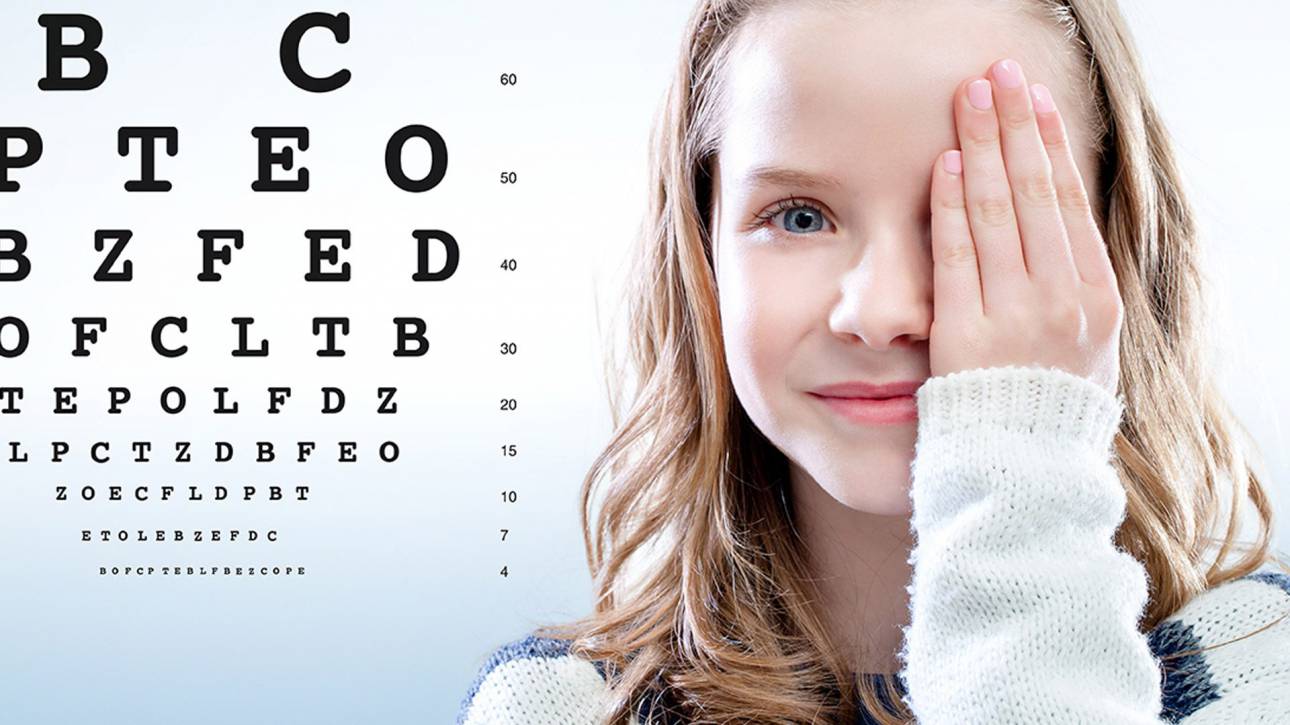Index
Stargardt's disease is the most common form of juvenile-onset macular dystrophy, characterized by round or pisciform yellowish spots around the macula in the retinal pigment epithelium (RPE). It is associated with the accumulation of fluorescent lipofuscin, especially A2E (bis retinoid pyridinium salt N-retilynidene N-retinylethanolamine), the major component of lipofuscin.
This disease usually has an autosomal recessive inheritance, but some families with autosomal dominant inheritance have been described. Patients show a heterogeneous clinical presentation and course of disease. In most cases, Stargardt's macular degeneration is caused by mutations in the ABCA4 gene with autosomal recessive inheritance. Less frequently, some patients have autosomal dominant inheritance mutations in the ELOVL4 gene. The ABCA4 and ELOVL4 genes provide instructions for the production of proteins found in photoreceptors.
Although 95% of Stargardt's disease cases are caused by mutations in ABCA4, mutations in the ELOVL4, BEST1, PROM1, and PRPH2 genes are also implicated in its etiology.
The pathology manifests itself in the first or second decade of life with a gradual and bilateral decline in central vision, which may not be proportional to the macular alterations found.
In the early stages, the macula usually shows marked changes in the pigment epithelium of the retina, which are followed by the appearance of an oval, snail-slime foveal appearance, which may be surrounded by yellowish-white deposits (flecks), up to the appearance of a bull's-eye configuration with an RPE atrophy or a beaten-bronze aspect. In the later stages, lesions of the macula may be associated with central areolar dystrophy of the choroid. Peripapillary sparing is one of the characteristics of Stargardt's disease, but this area can also be involved in about 2-7% of cases. The reason for this savings is unclear; this area may be more resistant to the deleterious effect of the ABCA4 gene mutation and there may be a more favorable relationship with RPE photoreceptors, resulting in less lipofuscin accumulation, in the presence of a thicker overlying layer of peripapillary retinal nerve fibers.
Diagnosis
For the diagnosis of this pathology it is necessary to undergo a thorough eye examination with related instrumental examinations. Among these the Optical Coherence Tomography (OCT) which may show disruption or complete loss of the inner and outer photoreceptor segment layers, sometimes combined with thinning of other retinal layers, the Electroretinogram (ERG) which appears subnormal. Angiography a Fluorescence with Fluorescein (FAG) e Angiography with Verde Indocyanine (ICGA), minimally invasive tests using two different contrast media, can often show an effect dark choroid, called silent choroid characterized by hypofluorescence of the choroid due to the accumulation of lipofuscin in the RPE, as in the fundus flavimaculatus. In the presence of central atrophy, window effects are evident at the macular level.
Treatment
There is currently no approved treatment for Stargardt's disease; however, clinical trials are in progress for the development of drugs or gene therapies for this pathology, which are already being tested in humans. People with this condition should wear eyeglasses or sunglasses that block 100% of UV light to reduce the possibility of further damage to the eyes from the sun. Animal studies have shown that taking excessive amounts of vitamin A and beta carotene could promote further accumulation of lipofuscin, as well as a toxic vitamin A derivative called A2E; it is therefore generally recommended that these molecules be avoided by people with Stargardt's disease.
Pathology and treatment on video
Do you need more information?
Do not hesitate to contact me for any doubt or clarification. I will evaluate your problem and it will be my concern and that of my staff to answer you as quickly as possible.




